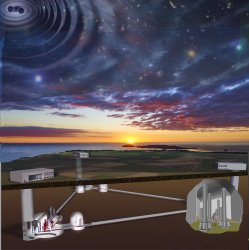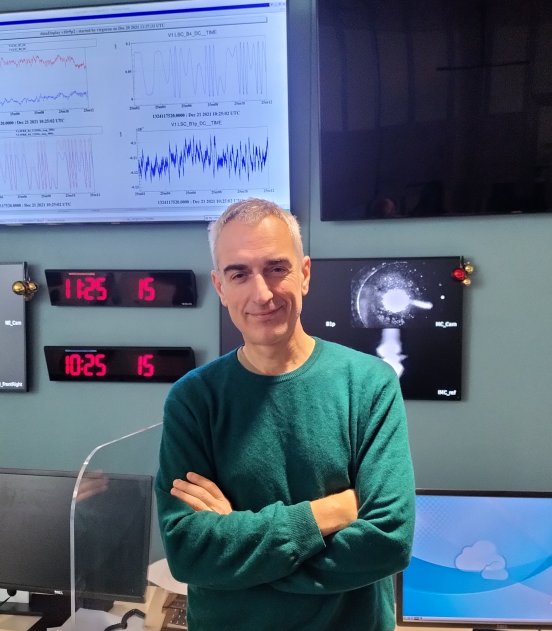
 Autour du thème des TIPE pour les concours 2020
Exposé 1
Exposé 2
Exposé 3
Exposé 4
Autour du thème des TIPE pour les concours 2020
Exposé 1
Exposé 2
Exposé 3
Exposé 4
 Autres années
Autour du thème des TIPE pour les concours 2019 - Transports
Autres années
Autour du thème des TIPE pour les concours 2019 - Transports

 Autour du thème des TIPE pour les concours 2020
Exposé 1
Exposé 2
Exposé 3
Exposé 4
Autour du thème des TIPE pour les concours 2020
Exposé 1
Exposé 2
Exposé 3
Exposé 4
 Autres années
Autour du thème des TIPE pour les concours 2019 - Transports
Autres années
Autour du thème des TIPE pour les concours 2019 - Transports
Matteo Barsuglia,
Laboratoire Astroparticule et Cosmologie, CNRS
Tuesday, February 8, 2022
5:15 p.m. — room Jaures (29 rue d’Ulm, 75005 Paris)
After the first gravitational wave detection in 2015 and the GW170817 multi-messenger observation, the gravitational-wave astronomy has evolved rapidly. LIGO and Virgo detectors have performed their 3rd observing run between April 2019 and March 2020 and the third catalog of gravitational-waves sources (GWTC-3) has just been released, with a total of 90 sources detected so far. Upgrades of LIGO and Virgo are planned in the decade 2020-2030, increasing the scientific potential of the gravitational-wave detector network, which will include two more instruments in the next years : KAGRA in Japan and a third LIGO in India. In the decade 2030, the Einstein Telescope project, an European underground gravitational-wave observatory, aims to increase the sensitivity of current detector by one order of magnitude. In this seminar, after an summary about the current gravitational-wave observations, I will be describe in detail the LIGO-Virgo plans for the 2020 decade and then the scientific objectives and plans for Einstein Telescope.

 RECRUTEMENT
RECRUTEMENT ACCES DIRECT
ACCES DIRECT